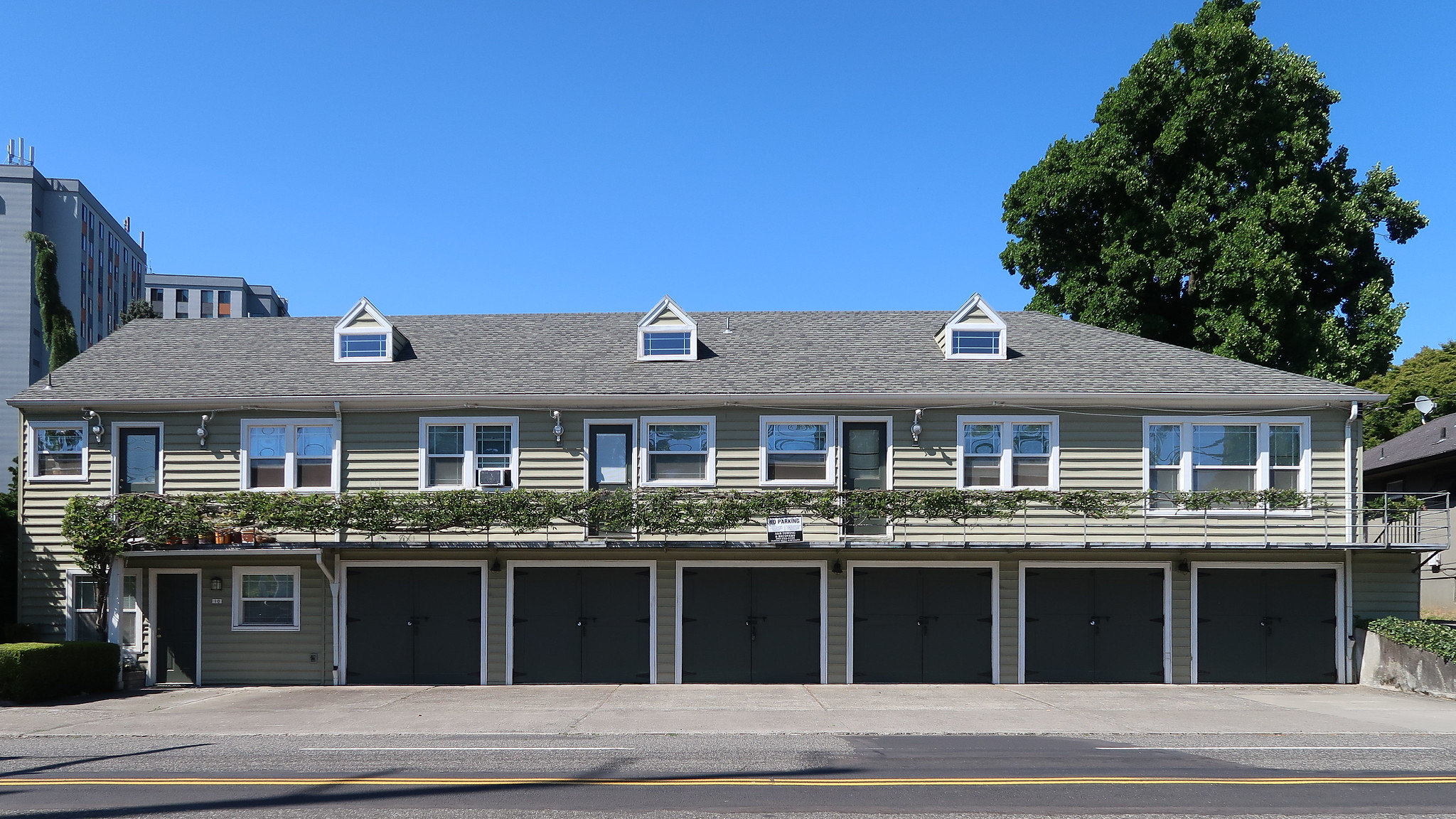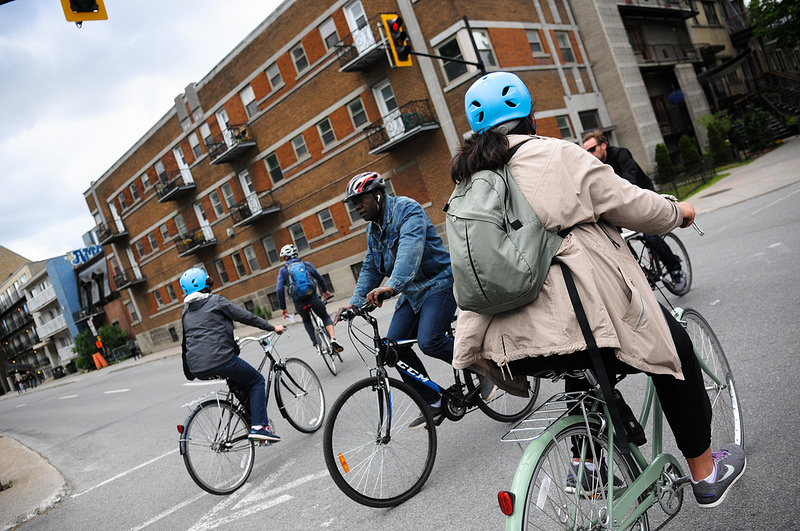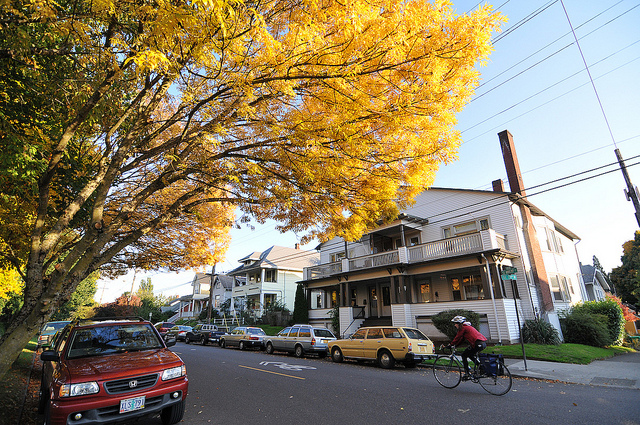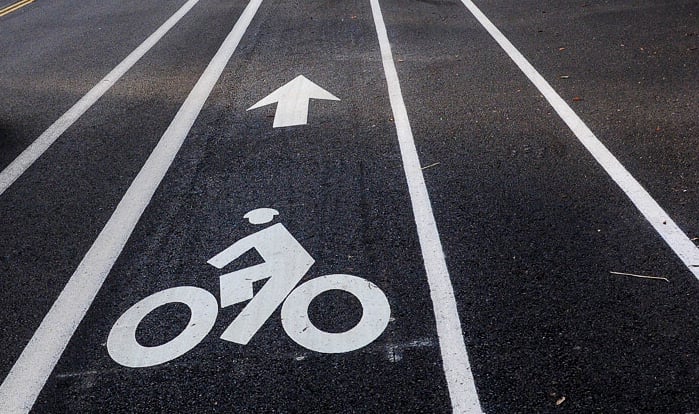missing middle
‘Missing middle’ housing bill needs a push in Salem
One of the most important bills we’ve been tracking this legislative session is hanging in the balance. House Bill 2001 would allow “missing middle” housing (a.k.a. multi-family dwellings) in places currently zoned for only single-family housing. It would have a vast impact on cycling because it would enable more people to live in closer proximity … Read more
Oregon’s proposal to lift fourplex bans would be great for biking
Proximity is key to our future.
The future of Portland housing depends on biking, and vice versa
There’s no easy way out. But we must start digging.
Guest Post: How to build a neighborhood with character(s)
Southeast Portland: Lovely to look at, illegal to build.
Affordable-housing alliance to city: Legalize ‘missing middle’ in bikeable neighborhoods
“One of the main drivers of expensive housing is minimum lot sizes.”
Why are these 11 buildings illegal in most of Portland?
They’re cheaper to build, less controversial, more energy-efficient and more family-friendly. So why do we ban them?








